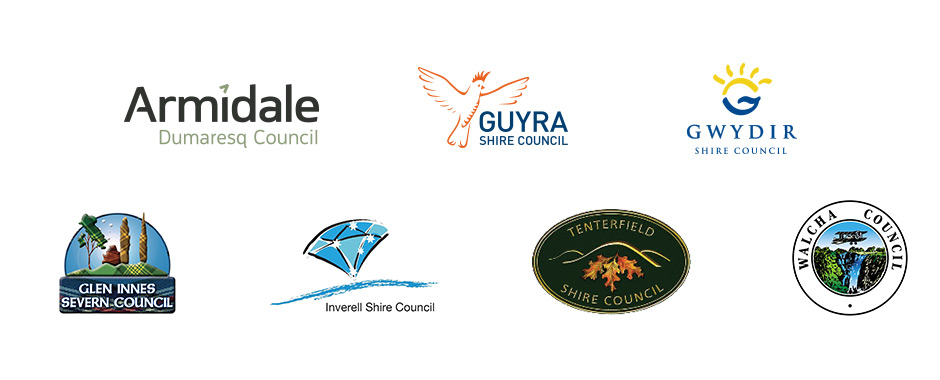Outside:
Use timers and sensors
Use programmable timers and sensors to light outside areas.
Use solar power
Consider using outdoor solar lights for your garden or outdoor areas.
Separate your lighting
Separate the lights so you can choose which areas to light.
Inside:
Turn off
Turn off lights and appliances when not needed.
Standby
Do not leave appliances such as TVs in standby mode. Turn off their power at the wall.
Lighting
LED lights use much less energy than standard globes and last longer. Consider changing your lights to good quality LEDs.
Laundry savers
Washing machines should be almost full of clothes before turning on. This makes best use of energy, water and detergent. In general, use cold water and spin clothes thoroughly before using a dryer.
Drying clothes
Use a clothesline instead of a dryer wherever possible. Only use a dryer with a full load and when clothes are wrung/spun dry well first. Clothes should never be placed in the dryer dripping wet. Keep the lint filter clean.
The bathroom - use water wisely
Set the hot water temperature to 50 degrees Celsius. Installing water-saving showerheads in your home will reduce the amount of hot water and energy used. Shorten showers to less than five minutes and your hot water heating costs will significantly reduce.
Heating and cooling
Cheap heaters cost more to run because they are less efficient than the more expensive ones. Putting on a jumper or allowing heat to come through windows costs nothing. Cooling can be obtained by opening windows to let in breezes or using fans or maybe damp towels through which the fan blows.
Seasonal tips
The simple act of putting on warmer clothes, or taking off that jumper - rather than turning a dial which increases your energy bill by at least 10% - is a much more sensible alternative.








